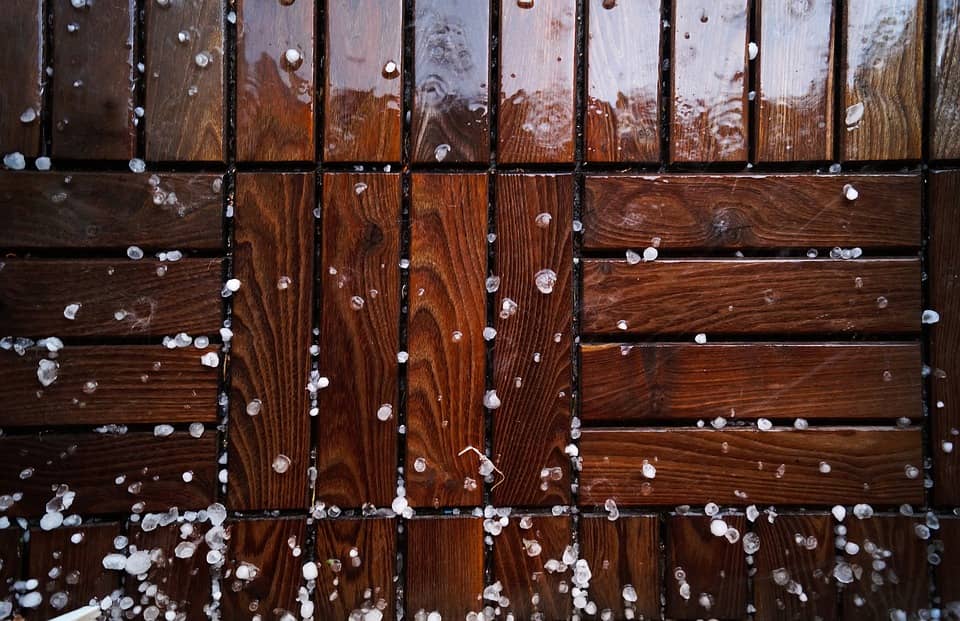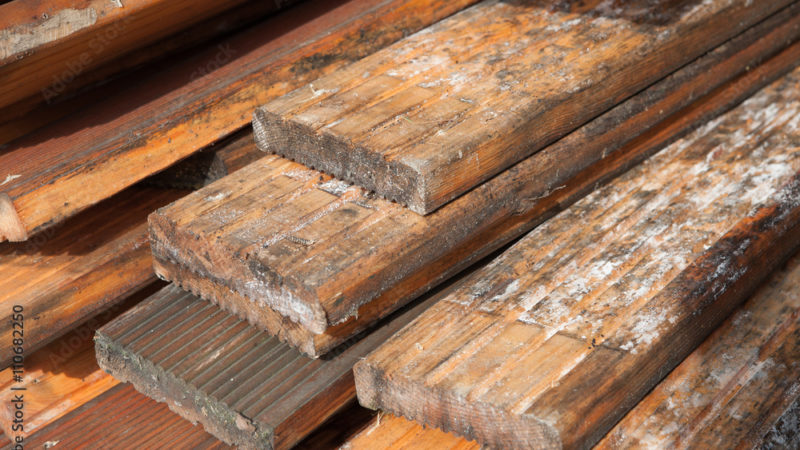How to Clean Salt Off Hardwood Floors

Hardwood Floors De-icing Agents
Unfortunately, it’s that time of year again. Well, it’s actually about six months away, but we love the holiday season. Other than having to deal with obnoxious relatives and hoards of people knocking you down at the mall as you try to grab the last remaining action figure in the toy store for your child, it’s the time of year when we get to stuff our faces and make New Year’s resolutions to better ourselves that in reality, we have no intention of keeping. Aside from all of this, there is a danger lurking around your floor—especially those of the hardwood variety—that many people are not even aware of.
How The Weather Can Affect Your Hardwood Floors
If you live in a cold climate, most likely you are privy to slippery sidewalks and deadly stairs that can turn a lovely morning walk into a trip to the emergency room. The ice buildup is greatly alleviated by chemical agents that reduce the freezing point of water, ensuring that ice does not build up on sidewalks or roads. In the past, rock salt was mainly used for this purpose. In recent years, however, these ice-melting products use other salt compounds such as calcium chloride and magnesium chloride that further depress the freezing point of water on the ground. When you inevitably track these compounds indoors, however, flooring can suffer extensive damage if not taken care of properly.
Over time you will most likely notice a hazy, greyish-white film or oily layer developing on the surface of your floor, depending on what sort of product you use. Owners of homes with laminate or ceramic tile flooring really don’t have to worry too much about this buildup; most ceramics today—especially porcelain—are extremely resistant to any chemical damage, so this film can be simply mopped away with a bucket of water. Hardwood, on the other hand, is quite susceptible to these chemicals, as the surface can eventually discolor, fade, scratch, and even crack.
Removing Winter Salt From Hardwood Floors
Removing residue from de-icing chemicals on hardwood floors can be done with pH-neutral products to ensure that no damage is done to the finish. It is also important to note that any sanding or refinishing jobs should never be done during the winter months. Ideally, this is usually done in the fall or spring to prevent excess outside residue from being trapped under new coats. The best thing to do, as described before, is heightened vigilance when it comes to cleaning and maintenance more so than in warmer months.
The best way to minimize buildup like this on hardwood floors is extensive matting outdoors leading up to your home. The more times your shoes come into contact with a mat, the less chemical residue is tracked indoors. Prevention is always the best option when it comes to protecting your hardwood floors. Inevitably, however, some residue will still make its way to your hardwood flooring surface. Regular cleaning should be done more often during winter months, as moisture from snow tracked in—in addition to deicing chemicals—can make hardwood susceptible to all sorts of problems.
Prevention is The Best Medicine
Fortunately, if you have ceramic or porcelain tile in your home, you don’t necessarily have to worry about maintenance as much as those who have hardwood floors. However, there are still important safety concerns. Deicers that use calcium chloride can leave a slimy film on your flooring that can be extremely slippery. While it won’t damage tile like it can damage hardwood, it is vital to remove this buildup to prevent accidental slips and falls. All of these things are good to do in preparation for the winter; this will leave you time for unnecessary purchases on electronics, consumables, and last-minute Christmas shopping trips because you have decided to put it off until tomorrow for way too long.




